Volvo Cars switches to biodiesel for ocean freight; cutting fossil CO2 emissions by 84%
Green Car Congress
JULY 5, 2023
The fuel used is Fatty Acid Methyl Esters (FAME) (biodiesel) and is based on renewable and sustainable sources, mainly waste cooking oil. On the contrary, we want to spark other car makers into action as well, to increase demand for carbon efficient ocean transports and to establish renewable fuels as a mid-term solution that works.




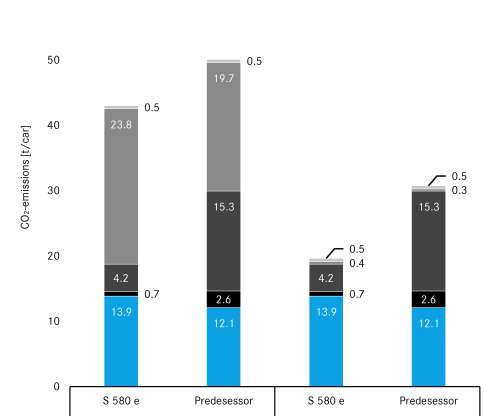

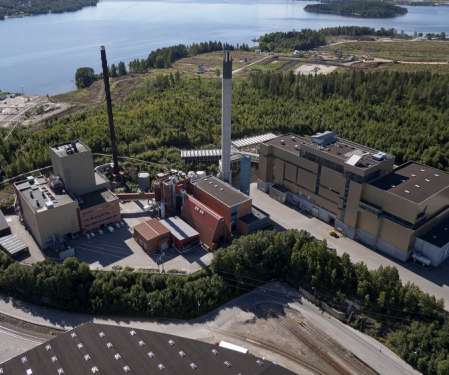
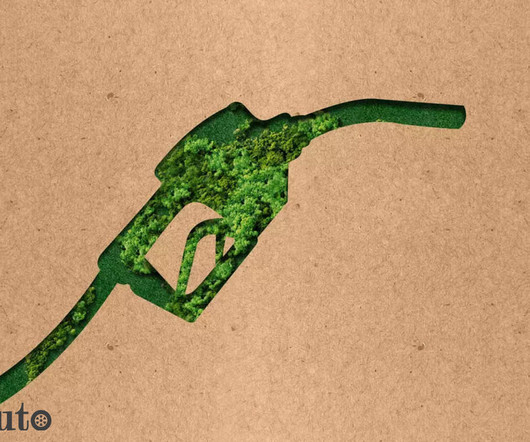




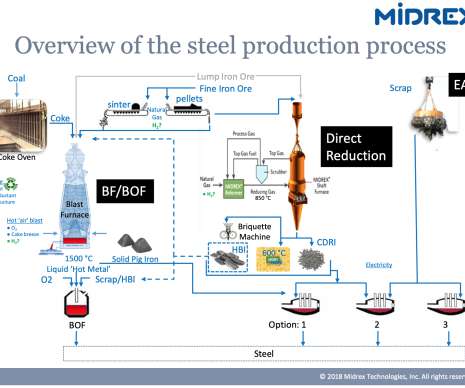

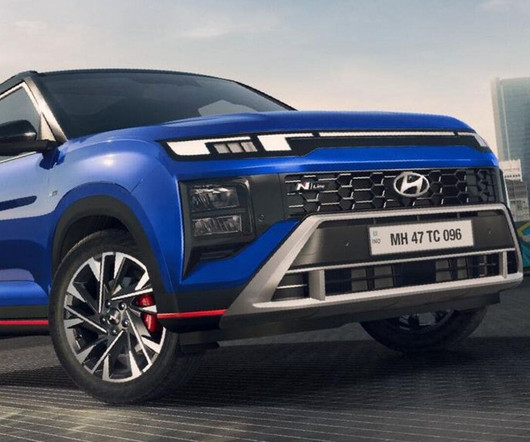


























Let's personalize your content